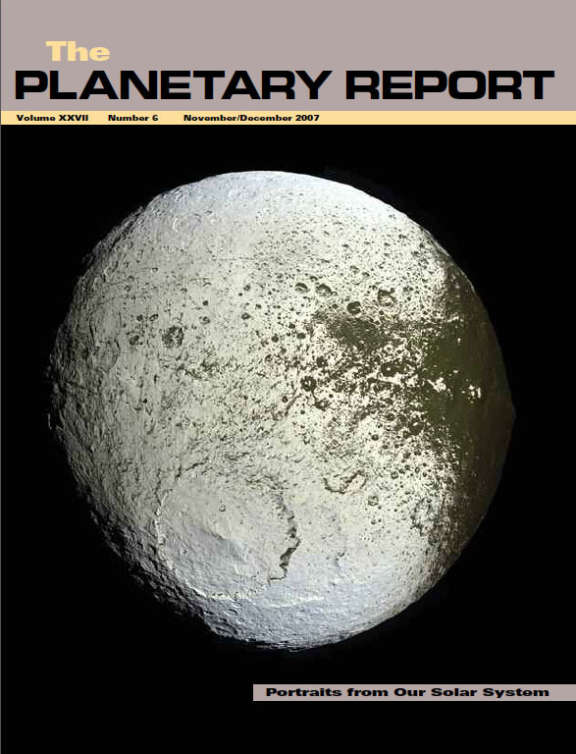Portraits of our Solar System

This global portrait of the bright side of Iapetus shows the complexity of the boundary between the bright and dark material. Close inspection of the image reveals that there is no "gray" on Iapetus; moving from the dark to the bright regions, the dark stain on Iapetus' leading hemisphere breaks up into smaller and smaller patches, concentrated on crater floors and equator-facing crater walls. NASA/JPL/Space Science Institute


 Explore Worlds
Explore Worlds Find Life
Find Life Defend Earth
Defend Earth

